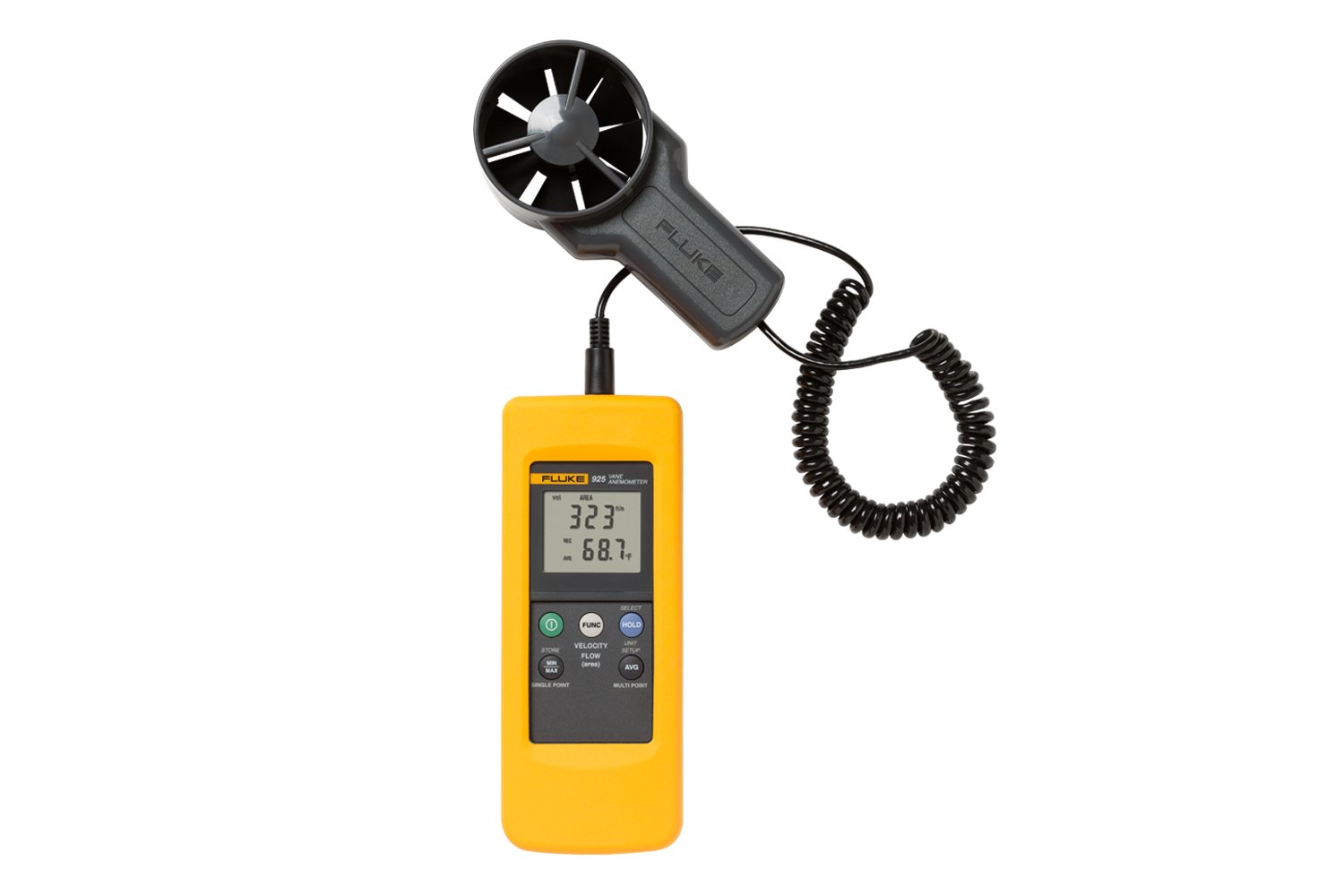Why an Anemometer is Crucial for Your Environmental Data Collection
Why an Anemometer is Crucial for Your Environmental Data Collection
Blog Article
All You Required to Understand About Anemometers: How They Function, Why They Matter, and Where to Use Them
Anemometers, though often ignored in the world of clinical tools, play a crucial role in various areas, using valuable understandings right into wind rate and airflow patterns. As we delve into the ins and outs of anemometer technology, we will reveal the inner operations of these tools, their significance, and the essential factors to consider when selecting the best anemometer for details applications.

Anemometer Essentials
A necessary instrument made use of to gauge wind speed and instructions, the anemometer plays a crucial function in weather forecasting and various sectors. An anemometer typically consists of three or 4 cups that turn in the wind, a vane that directs into the wind, and sensors to track the rotations or movements. By computing the turnings or activities over a particular time period, the anemometer can determine wind rate. The vane helps determine wind instructions by directing into the wind, giving valuable data for weather condition forecasting, air travel, maritime procedures, environmental tracking, and wind power applications.
There are various kinds of anemometers offered, including cup anemometers, vane anemometers, hot-wire anemometers, and sonic anemometers, each with its one-of-a-kind attributes and applications. Cup anemometers are frequently made use of for basic wind speed measurements, while vane anemometers are favored for directional dimensions.
Principles of Anemometer Procedure
Structure on the foundational understanding of anemometer essentials, the concepts of anemometer procedure clarify the technicians behind wind rate and instructions dimensions. Anemometers run on the concept of air movement affecting a sensing unit, causing it to revolve. Cup anemometers, for example, have three or even more cups that capture the wind, causing them to rotate faster as the wind rate rises. The turning rate is then converted into a wind speed measurement. Vane anemometers, on the various other hand, utilize a tail or a probe that straightens itself with the wind direction, providing a dimension of wind instructions based on the positioning of the sensor. Hot-wire anemometers depend on a warmed wire that cools down as wind passes over it, with the rate of cooling establishing the wind speed. Ultrasonic anemometers procedure wind rate and instructions by assessing the time it considers ultrasonic signals to take a trip in between transducers. Comprehending these concepts is crucial for precise and reputable wind dimensions in various applications.
Relevance of Anemometers
The importance of anemometers in meteorology and numerous sectors can not be overemphasized. Anemometers play a critical role in measuring wind rate and instructions, providing crucial data for weather condition forecasting, environment studies, ecological monitoring, and aviation procedures. Meteorologists depend on anemometers to gather exact wind data, helping them understand climate patterns, predict storms, and concern timely cautions to the general public. In markets such as construction, farming, eco-friendly energy, and maritime procedures, anemometers are made use of to optimize processes, make certain safety and security, and enhance performance. Wind farm operators make use of anemometers to examine wind problems and make best use of electricity production from wind turbines. In the maritime industry, anemometers help ship navigating by offering real-time wind details to captains, helping them make informed choices to ensure risk-free trips. Overall, anemometers are indispensable devices that add considerably to safety, effectiveness, and notified decision-making in meteorology and a large range of sectors.
Applications Throughout Various Industries
Applications of anemometers extend throughout diverse you can check here sectors, showcasing their convenience and utility beyond weather forecasting. In the renewable resource industry, anemometers play a critical role in examining wind conditions for wind ranch placements, ensuring ideal power production. Industries like construction and mining make use of anemometers to keep an eye on wind speeds, important for safety and security protocols, particularly when functioning at elevations or in open-pit mines where strong winds can present threats. Anemometers are additionally important in the aviation market, helping pilots in understanding airspeed and wind direction for risk-free take-offs and landings. The maritime sector benefits from anemometers for ship navigating, helping seafarers prepare for climate changes and readjust paths accordingly. In agriculture, anemometers assist farmers in taking care of plant spraying by supplying real-time data on wind speed to prevent drift. Additionally, anemometers locate applications in HVAC systems to enhance air movement and improve energy effectiveness in structures. The varied use instances of anemometers emphasize their relevance across various sectors, highlighting their crucial role in enhancing functional security and performance (anemometer).

Selecting the Right Anemometer for Your Needs
For general purposes, a cup anemometer is appropriate for determining wind speed, while a vane anemometer learn this here now provides wind instructions data. Hot-wire anemometers are excellent for low airspeed dimensions, and ultrasonic anemometers use high precision and toughness.

Final Thought
In final thought, anemometers play a crucial function in gauging wind rate and instructions throughout different sectors. It is important to consider the value of anemometers in order to make informed choices when selecting the most appropriate device for determining wind problems.
There are various types of anemometers available, including mug anemometers, vane anemometers, hot-wire anemometers, and sonic anemometers, each with its one-of-a-kind attributes and applications. Cup anemometers are typically utilized for fundamental wind rate dimensions, while vane anemometers are liked for directional dimensions. Hot-wire anemometers are appropriate for reduced airspeeds, and sonic anemometers are suitable for Check Out Your URL high-precision dimensions in study and industrial settings.Structure on the foundational understanding of anemometer fundamentals, the concepts of anemometer procedure elucidate the mechanics behind wind rate and instructions measurements. For basic purposes, a cup anemometer is appropriate for measuring wind speed, while a vane anemometer provides wind instructions information.
Report this page